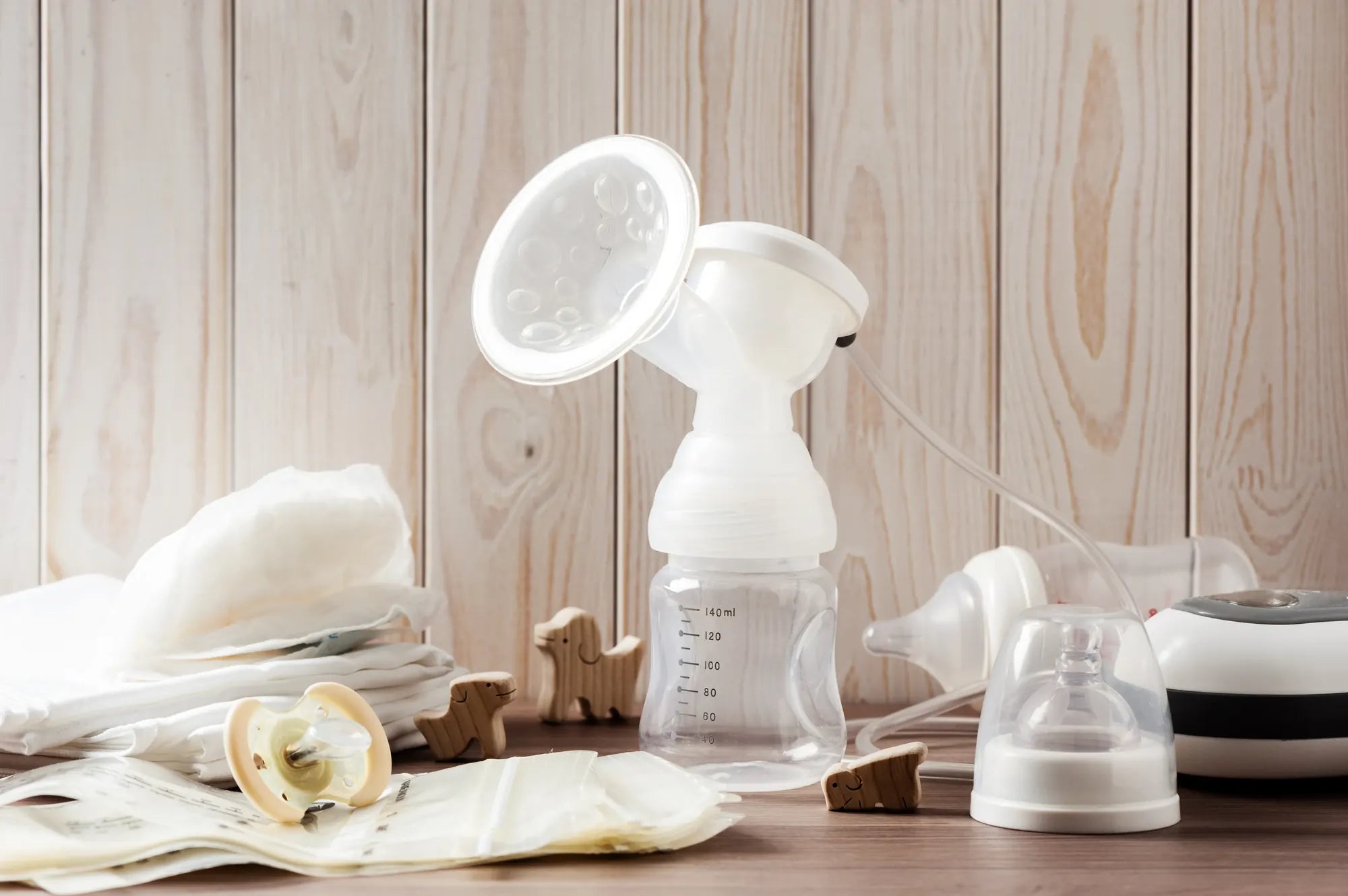Accueil
Pregnancy, Breastfeeding, and Pumping: The Ultimate Guide for Moms
How Many Times a Day Do I Pump Breast Milk: A Comprehensive Guide

How Many Times a Day Do I Pump Breast Milk: A Comprehensive Guide
For new mothers, figuring out how many times a day to pump breast milk can be a daunting task. Whether you're returning to work, building a freezer stash, or simply ensuring your baby gets enough milk, understanding the right pumping frequency is crucial. This article dives deep into the factors that influence pumping schedules, offers practical tips, and answers common questions to help you navigate this important aspect of breastfeeding.
Why Pumping Frequency Matters
Pumping breast milk is essential for maintaining your milk supply and ensuring your baby gets the nutrition they need, especially when direct breastfeeding isn't possible. The frequency of pumping directly impacts how much milk you produce. Pumping too little can lead to a decrease in supply, while pumping too often may cause discomfort or oversupply issues. Finding the right balance is key.
General Guidelines for Pumping Frequency
For most mothers, pumping 8 to 12 times a day is recommended during the early postpartum period. This mimics the feeding pattern of a newborn and helps establish a robust milk supply. As your baby grows and your supply stabilizes, you can gradually reduce the frequency. Here's a breakdown based on different scenarios:
- Exclusive Pumping: If you're exclusively pumping, aim for 8 to 12 sessions per day, spaced evenly throughout the day and night.
- Combination Feeding: For mothers who breastfeed and pump, 3 to 4 pumping sessions per day may suffice, depending on how often your baby nurses.
- Returning to Work: Pumping 2 to 3 times during work hours is generally recommended to maintain supply and provide milk for your baby.
Factors That Influence Pumping Frequency
Several factors can affect how often you need to pump, including your baby's age, your milk supply, and your daily routine. Here are some key considerations:
Baby's Age and Feeding Patterns
Newborns typically feed every 2 to 3 hours, so frequent pumping is necessary to match their needs. As your baby grows and starts sleeping longer stretches, you can adjust your pumping schedule accordingly.
Milk Supply
If you have an oversupply, you may need to pump less frequently to avoid discomfort. Conversely, if you're struggling with low supply, increasing the number of pumping sessions can help stimulate production.
Daily Routine and Lifestyle
Your work schedule, travel plans, and other commitments can influence how often you pump. Planning ahead and creating a consistent routine can make pumping more manageable.
Tips for Effective Pumping
To maximize your pumping sessions and maintain a healthy milk supply, consider these tips:
- Stay Hydrated: Drinking plenty of water is essential for milk production.
- Use a Quality Pump: While we won't mention specific brands, investing in a reliable pump can make a significant difference.
- Pump in a Comfortable Environment: Find a quiet, relaxing space to pump, as stress can hinder milk letdown.
- Massage Your Breasts: Gentle massage before and during pumping can help stimulate milk flow.
Common Questions About Pumping Frequency
Here are answers to some frequently asked questions about how often to pump breast milk:
Can I Pump Too Often?
Yes, pumping too frequently can lead to oversupply, engorgement, or discomfort. It's important to find a balance that works for your body and your baby's needs.
How Long Should Each Pumping Session Last?
Most mothers find that 15 to 20 minutes per session is sufficient. However, this can vary depending on your milk flow and pump efficiency.
Should I Pump at Night?
In the early weeks, pumping at night is often necessary to establish supply. As your baby starts sleeping longer, you may be able to reduce nighttime sessions.
Adjusting Your Pumping Schedule Over Time
As your baby grows and your milk supply stabilizes, you may need to adjust your pumping schedule. Here's how to make the transition smoothly:
- Gradual Changes: Reduce the number of pumping sessions gradually to avoid sudden drops in supply.
- Monitor Your Supply: Keep an eye on your milk production and adjust your schedule as needed.
- Consult a Lactation Consultant: If you're unsure about making changes, seek professional guidance.
Final Thoughts on Pumping Frequency
Determining how many times a day to pump breast milk is a personal journey that depends on your unique circumstances. By understanding the factors that influence pumping frequency and following practical tips, you can create a schedule that works for you and your baby. Remember, every mother's experience is different, so be patient with yourself and seek support when needed.
Ready to optimize your pumping routine? Start by assessing your current schedule and making small adjustments based on your baby's needs and your lifestyle. With time and practice, you'll find the perfect balance that keeps both you and your baby happy and healthy.
Partager
